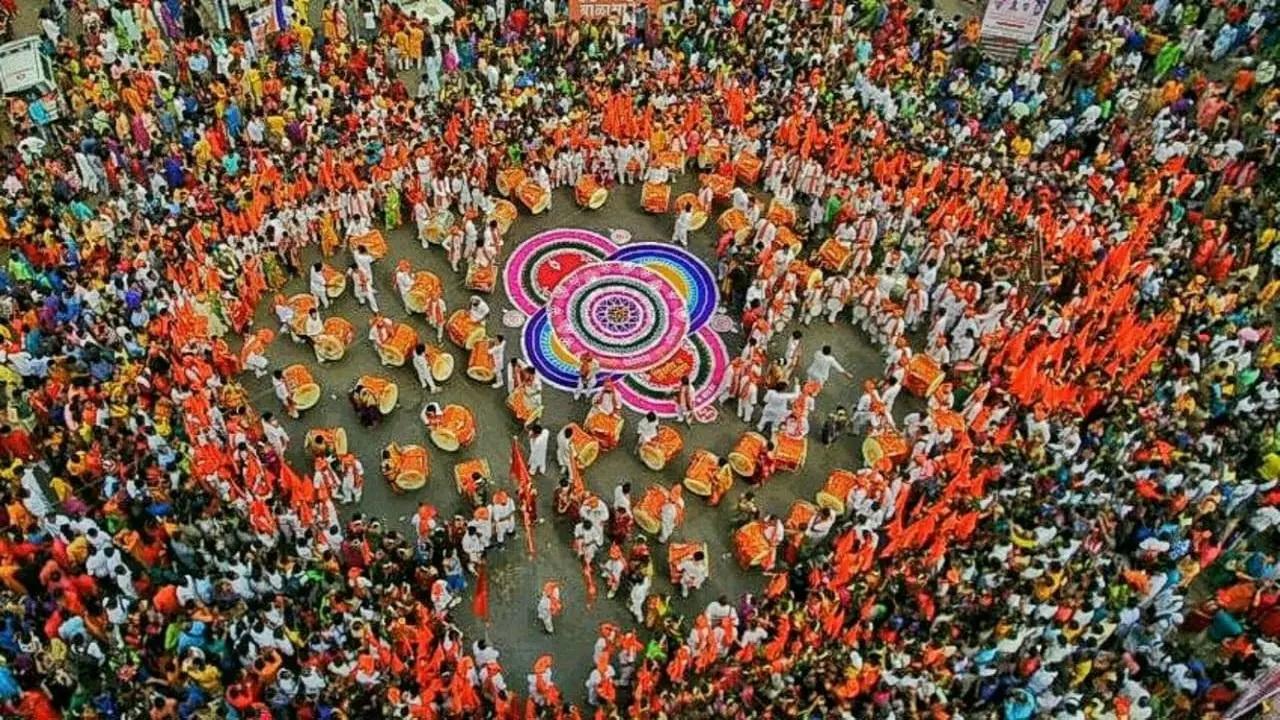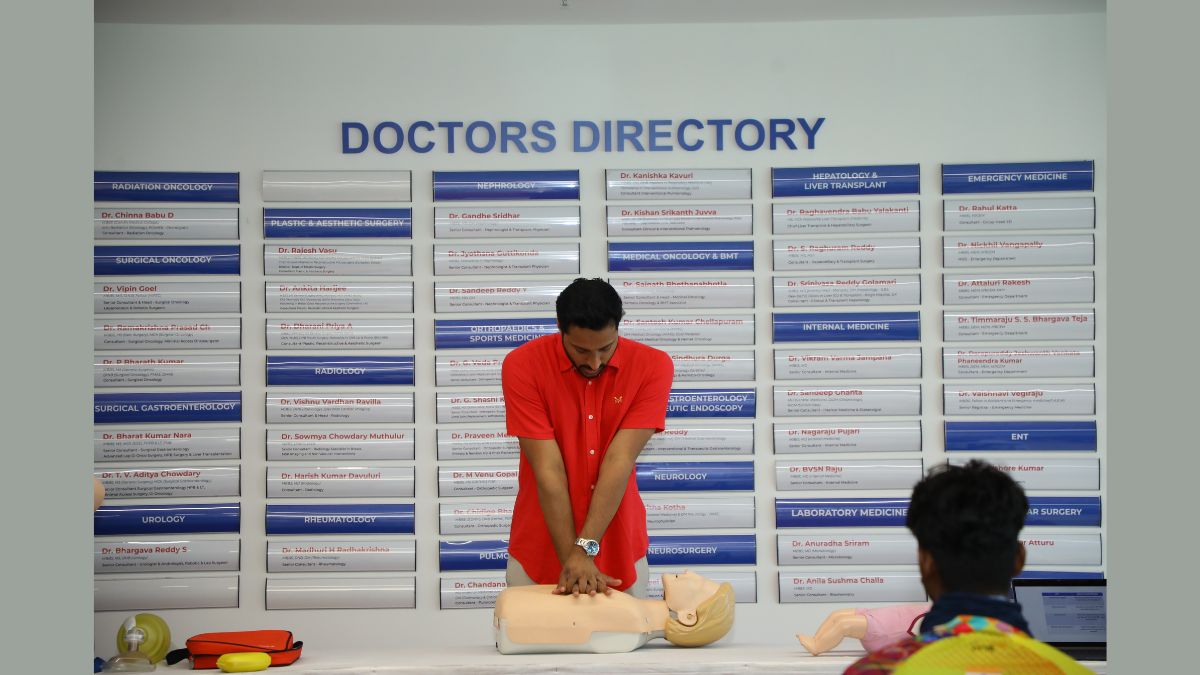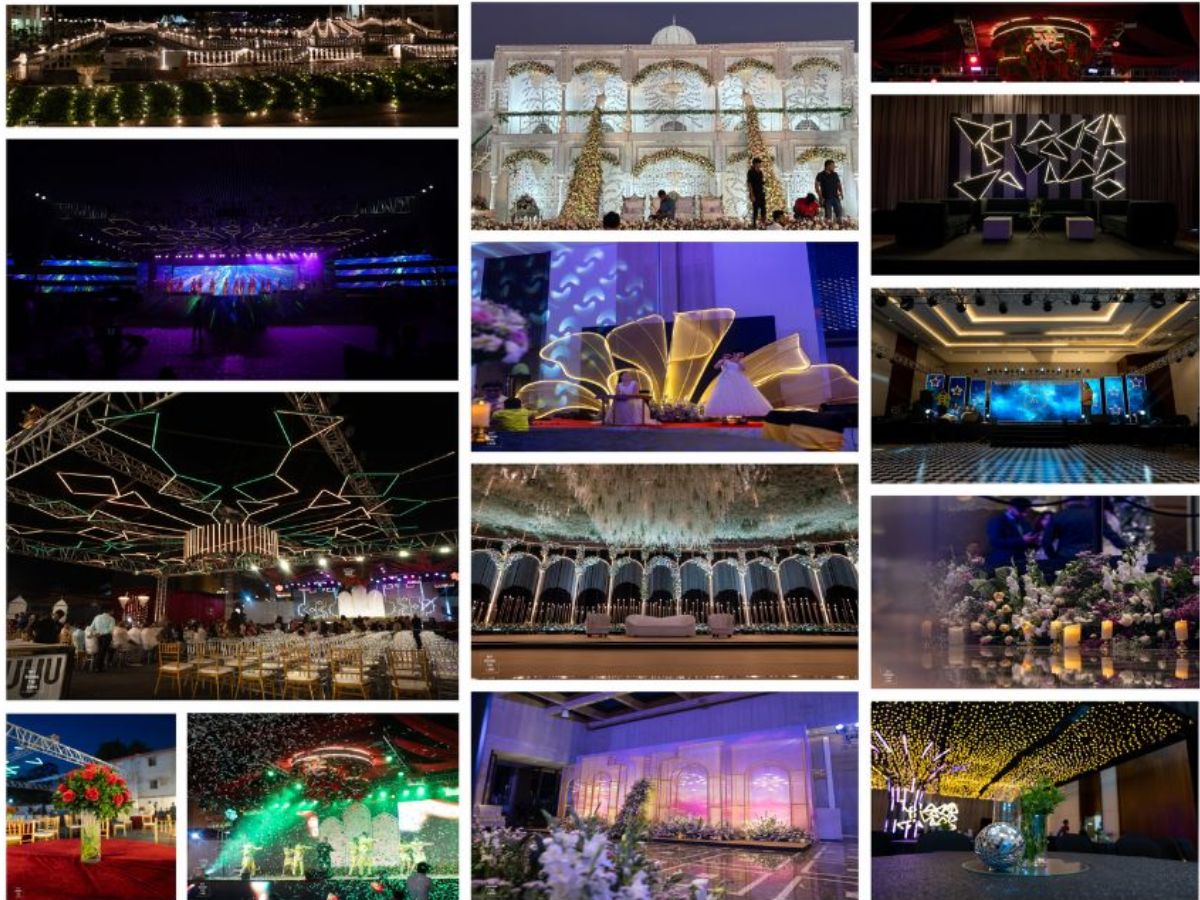Gudi Padwa 2024: All you need to know about Girgaon’s prestigious ‘shobha yatra’

It is that time of the year, when people gather to celebrate the Hindu New Year – the Gudi Padwa. The festival is celebrated with enthusiasm and pomp in Mumbai and other parts of Maharashtra with people hoisting “gudis” at their houses which is considered auspicious and believed to bring good luck and fortune.
Gudi Padwa is a major Hindu festival celebrated in India, especially in Maharashtra, to mark the beginning of the New Year according to the Hindu calendar. The festival usually falls in March or April and is celebrated on the first day of Chaitra month, which is the first month of the Hindu Panchangam calendar. This year, the festival will be celebrated on April 9.
The festival holds significant cultural and social importance, bringing communities together in joyous celebration. From colourful decorations to mouth-watering delicacies, Gudi Padwa in Mumbai is a vibrant affair that reflects the rich cultural heritage of the city.
The key attraction of the festival is the processions. People dress up in traditional attire and take part in a procession celebrating the Hindu New Year. Such processions are held in different parts of Mumbai and Thane, but one of the main attractions is Girgaon`s Shobha Yatra. It attracts a large number of people every year.
This is the 22nd year of Girgaon`s Shobha Yatra, which is also known as the `Hindu Nav Varsha Swagat Yatra`. This year`s theme for the Shobha Yatra is `Shivarajya Hech Ramrajya`.
According to the Swami Vivekananda Yuva Pratishthan, the organisation which organises the yatra every year, the Yatra will start at 8 am from Fadkewadi Ganapati Mandir in Girgaon. The 22-foot tall Maharudra Hanumanta, sculpted by sculptor Yogesh Iswalkar, will be the main attraction of the yatra. A majestic idol of Lord Ganesha sculpted by sculptor Pradeep Maduskar will be at the forefront of the procession.
Swami Vivekananda Yuva Pratishthan`s `Shiva Rajya, which gives the vision of Lord Ramlalla and commemorates the reign of Chhatrapati Shivaji Maharaj will be the attraction of the Yatra. The grand scene of Chhatrapati Shivaji Maharaj’s coronation is made by the sculptor Santosh Kambli and the scene of Chhatrapati Shiv Raya is made by the famous art director Tushar Koli.
The Yatra will conclude with the Sri Siddhivinayak darshan ceremony and maha aarti at Princess Street, the Swami Vivekananda Yuva Pratishthan.
Gudi Padwa 2024: Community celebrations
Gudi Padwa in Mumbai is not just a family affair; it is also a time for communities to come together and celebrate. Residential societies organise cultural programs, rangoli competitions, and traditional processions, adding to the festive spirit of the day. Temples across the city witnesses an influx of devotees seeking blessings for a prosperous year ahead.
The festival also holds significance for businesses in Mumbai, as it is considered an auspicious time to start new ventures or make investments. Many shops and businesses offer special discounts and promotions, attracting shoppers eager to make purchases for the upcoming year.
Girgaon’s Gudi Padwa 2024: Where tradition meets celebration in spectacular style
A 35-year-old working professional said the celebrations over time have changed a lot. “In Girgaon, the shobha yatra has become massive. I don’t remember it being so massive in scale. Like earlier it used to be celebrated in the traditional way, now people come for the yatra just to show off their clothes and click pictures.”
“At my place, we still celebrate it the traditional way. We make all the delicacies in the morning. At home, the family treated itself with puran poli, shrikhand puri, basundi and dal bhat among other things,” he said.
Colourful traditional attire with headgear, festive mood, bike rallies, saffron flags to the tune of dhol tashas and street celebration will be seen in Girgaon as people will mark Gudi Padwa.
In Marathi-dominated neighbourhoods like Girgaon, Gudis can be seen on the windows or balconies and large crowds of all age groups come to witness the Shobha Yatras.
Pooja Vanarse, another Girgaon resident said, “Girgaon, a pocket dominated by Marathi-speaking population, displays traditional Marathi regalia since Shivaji Maharaj`s reign. People of different age groups with warrior dresses, Holkar Pagdi (headgear), Puneri Pagdi, nine-yard saris, swords, simple saffron headgear all made Gudi Padwa a colourful affair.”
“Thousands of people show up to the city beach accompanying the chariot that carries the Gudi along with the beating of the drum and you will also find a plethora of festive food stalls here to celebrate Gudi Padwa with the right kinds of foods,” she said.
“One can also see a series of selfie sticks with mobiles and cameras atop almost seem like a railing over the shoulders as they looked to record the performances of Dhwaj Pathaks, Dhol Tasha, Lejhim and women`s bike rally,” Pooja said.
“You can also just visit the area of Girgaon as a whole if the beach and its crowd get overwhelming for you. As the hub of a lot of Maharashtrian festivals and neighbourhoods, Girgaon promises you a fulfilling Gudi Padwa experience. It is the same procession from Chowpatty with all the drums beat and dance that later moves on through the lanes of Girgaon. There is dhol-tasha and lezim here as well. There are more rangolis, more flowers, more festive food and a whole lot more dance and music!,” she added.
Gudi Padwa 2024: Conclusion
Gudi Padwa is more than just a New Year celebration; it is a time to embrace tradition, culture, and community. In Mumbai, the festival brings people from all walks of life together in a joyous celebration of new beginnings and prosperity. As the city gears up to welcome another year with optimism and hope, the spirit of Gudi Padwa continues to shine brightly, reminding us of the rich cultural heritage that binds us all together.





